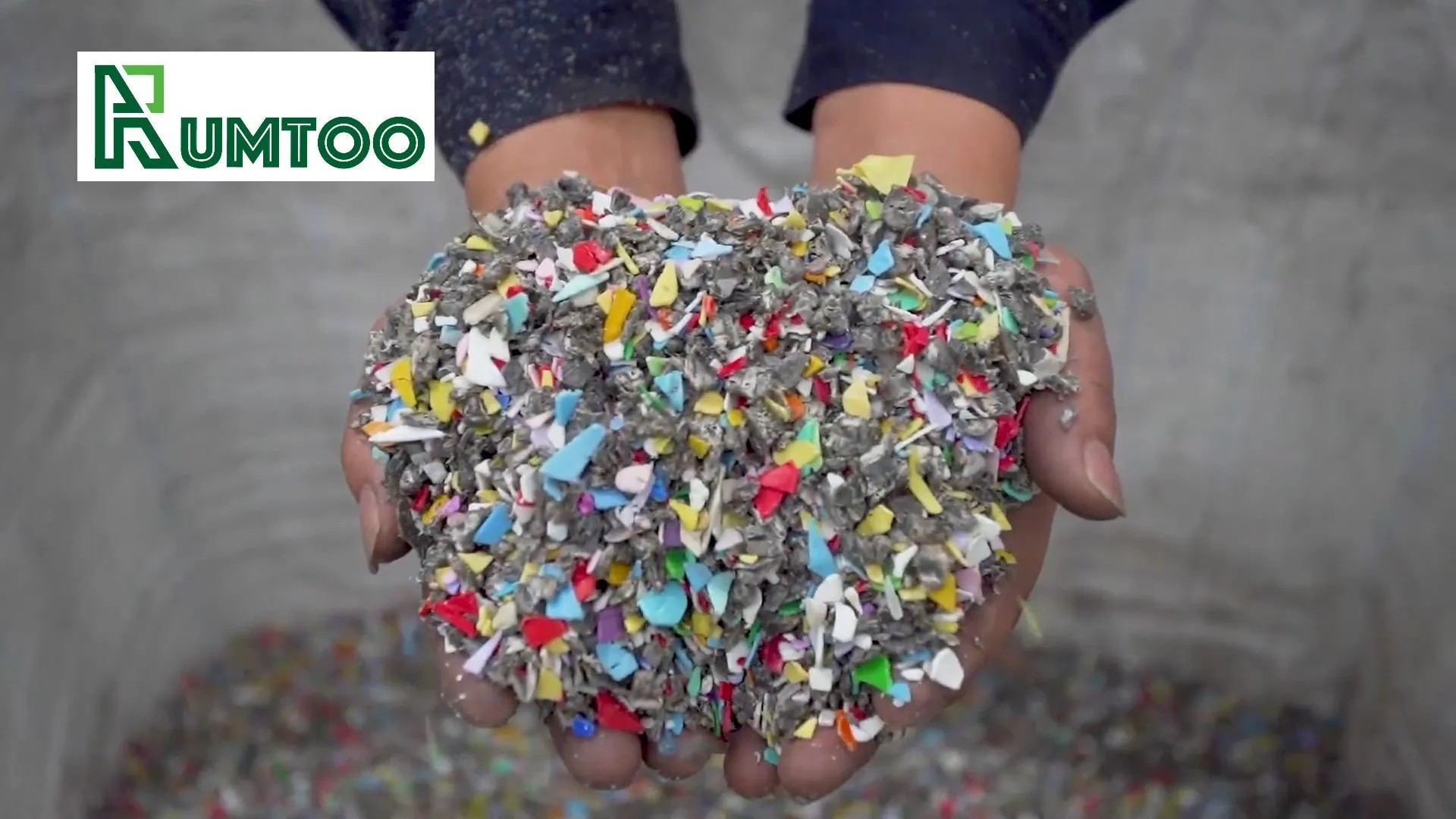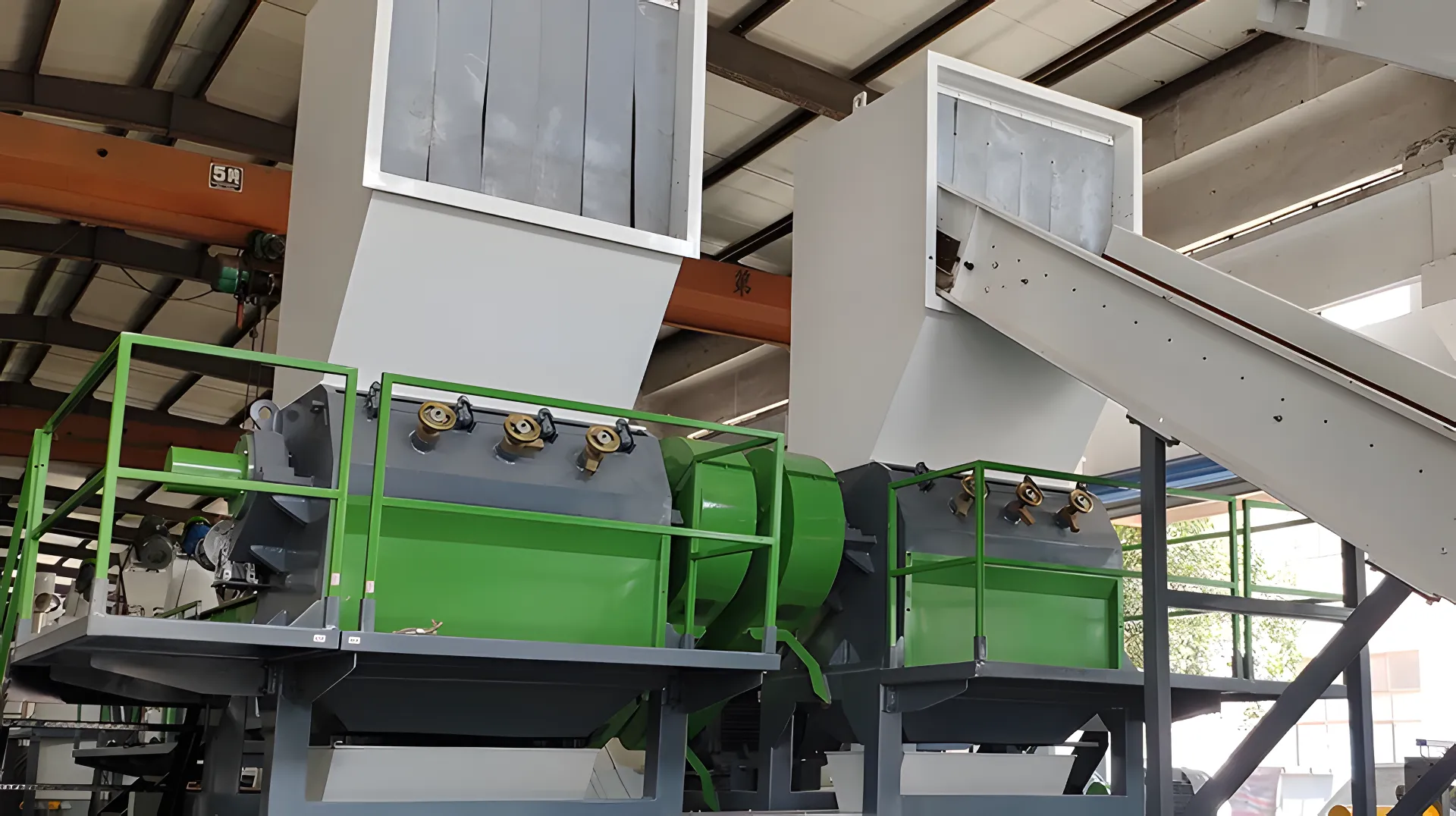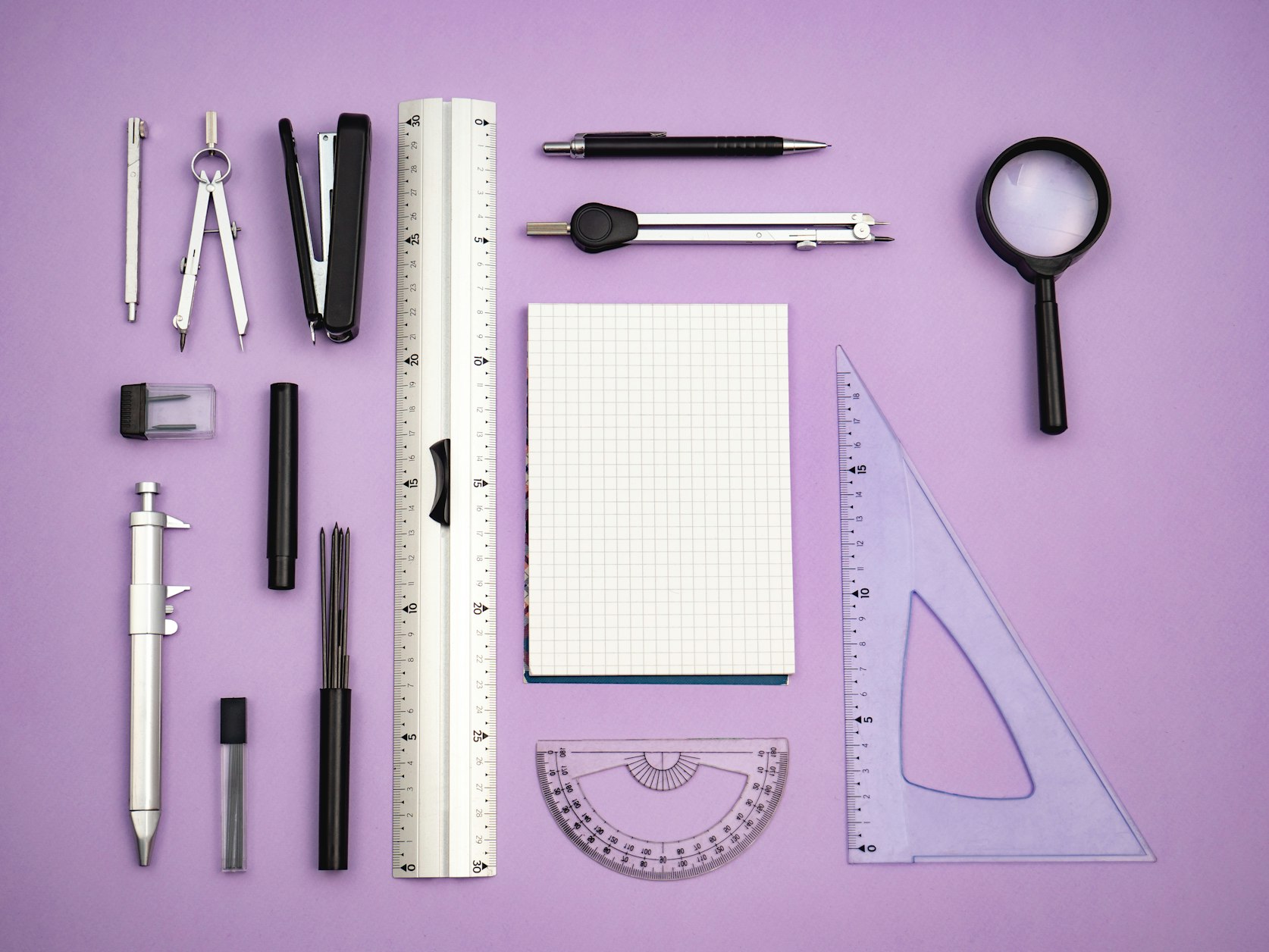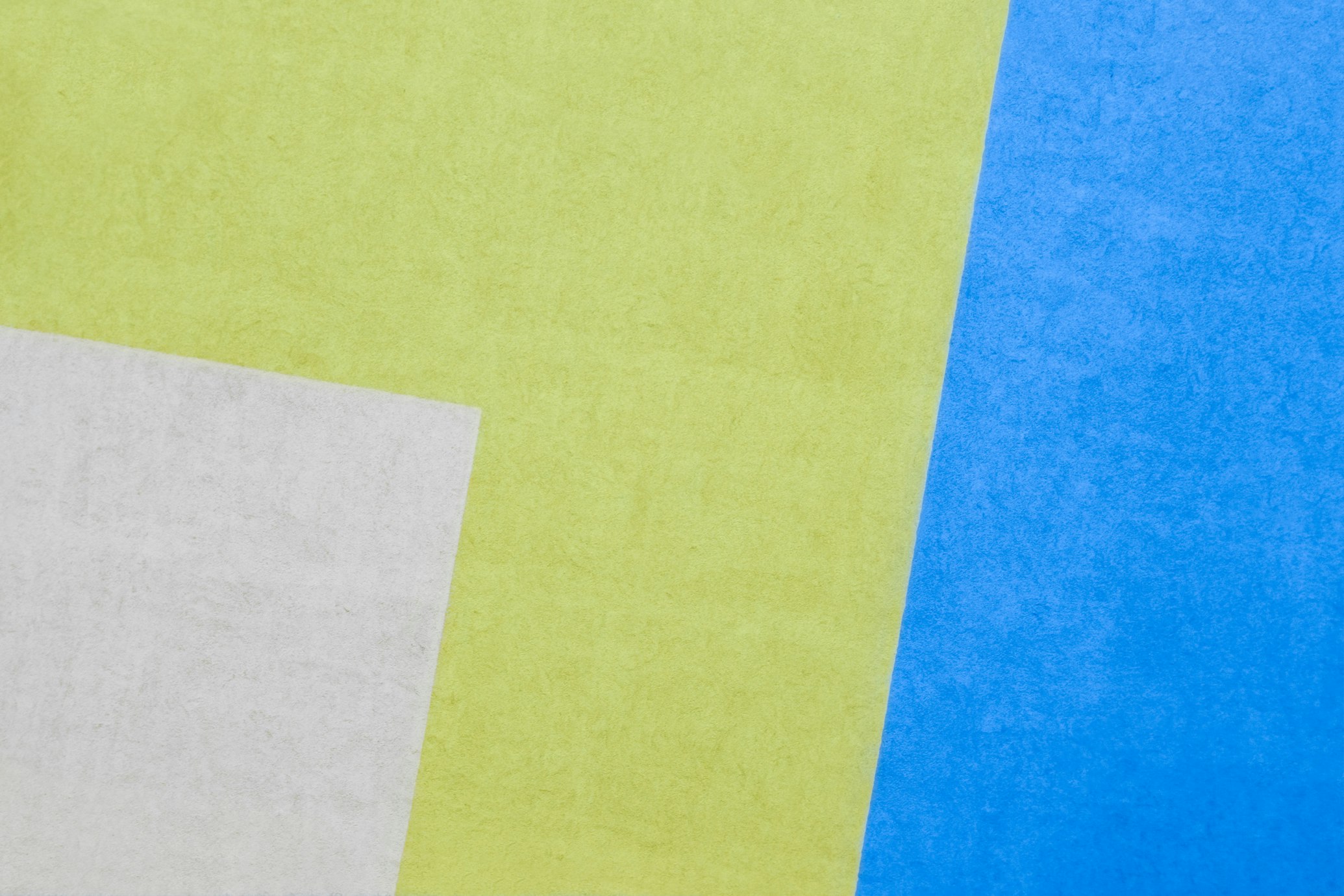· John Smith · recycling-guide · 7 min read
Tackling PVC Contamination in PET Bottle Recycling:A Comprehensive Guide
Discover the intricate challenges of PVC contamination in PET bottle recycling and learn practical solutions to produce high-quality PET flakes.
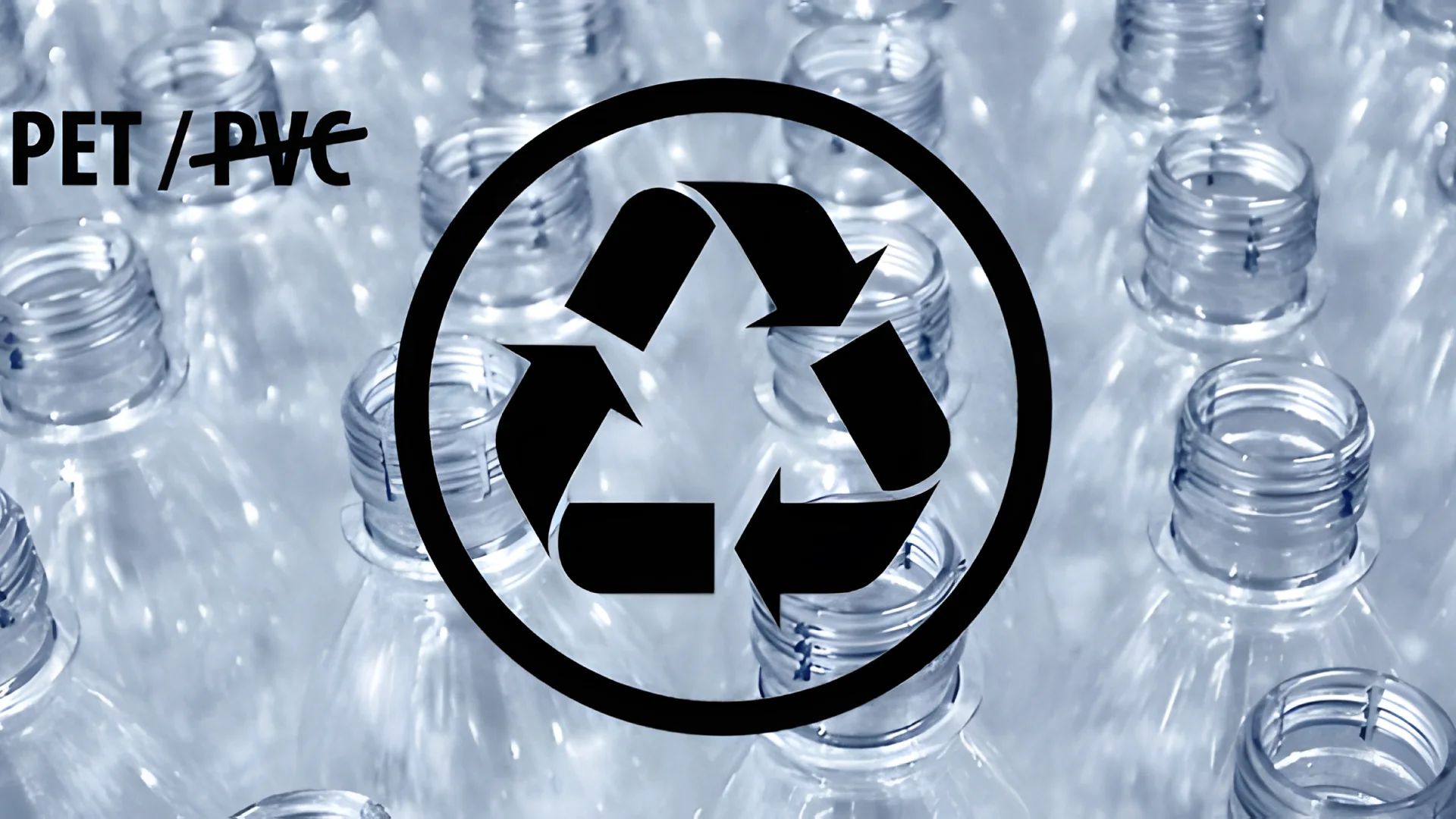
In the realm of sustainability, PET bottle recycling has emerged as a critical component of mitigating plastic waste and conserving natural resources. As one of the most commonly used plastics, PET (Polyethylene Terephthalate) is valuable for its recyclability; however, the presence of PVC (Polyvinyl Chloride) in the recycling stream poses significant challenges. This article aims to unravel the complexities of PVC contamination in PET bottle recycling and explore practical solutions to ensure the production of high-quality PET flakes.
The Impact of PVC Contamination in PET Bottle Recycling
PET bottle recycling involves a series of steps designed to transform used PET bottles into clean and reusable PET flakes. Despite advancements in recycling technology, PVC contamination remains one of the most persistent issues in the process. PVC and PET have different melting points, and when they’re processed together, PVC can degrade at PET processing temperatures, leading to contamination of the entire batch.
Why is PVC Contamination a Concern?
PVC contamination in PET recycling can cause severe problems:
- Quality Degradation: PVC’s presence can lead to discoloration, physical property changes, and overall degradation of PET flakes’ quality.
- Health Hazards: Processing PVC at high temperatures can release harmful chlorine gas and other toxic substances, posing risks to workers’ health.
- Economic Losses: Contaminated PET flakes fetch lower prices on the market, reducing profitability and making recycling efforts less financially viable.
Avoiding PVC Contamination
Maintaining PET purity is crucial. Here are some strategic measures:
- Stringent Sorting: Advanced sorting technologies like near-infrared (NIR) sensors can effectively distinguish and separate PVC from PET materials.
- Education and Awareness: Educating consumers about the importance of proper disposal and the differences between PET and PVC can help minimize contamination at the source.
- Collaborative Efforts: Increasing collaboration among stakeholders, including manufacturers, recyclers, and policymakers, to develop standards and best practices for PET bottle recycling.
PET Bottle Recycling: A Detailed Look
In PET bottle recycling, each step is meticulously designed to ensure the purity and quality of the final product—PET flakes. Here’s a closer look at the typical PET bottle recycling line machinery:
1. Bale Opener
The journey begins with the bale opener, a machine that carefully breaks open bales of compressed PET bottles. This step is essential for initiating the recycling process as it prepares the bottles for subsequent cleaning and sorting stages.
2. Rotary Trommel
Next, the rotary trommel, a cylindrical sieve, separates materials based on size. Small contaminants and dirt are removed, leaving the larger PET bottles ready for further processing.
3. Sorting Belt with Metal Detector
PET bottles then pass through a sorting belt equipped with a metal detector. This machine identifies and removes any metallic objects, protecting subsequent machinery from damage and preventing contamination of the PET flakes.
4. Wet Grinder
The wet grinder reduces the PET bottles into smaller fragments. By adding water, the grinder also starts the cleaning process, helping to remove labels and other unwanted materials.
5. Label Remover
Label removers specifically target one of the most persistent contaminants in PET recycling—labels. This machine utilizes friction to peel off labels, ensuring that the plastic flakes are as clean as possible.
6. Sink-Float Separation Tanks
PET and PVC have different densities. Sink-float separation tanks exploit this physical property by separating materials based on their buoyancy in water. PET sinks while contaminants, including PVC, float and can be easily removed.
7. Hot Steam Washer
A hot steam washer subjects the PET flakes to high temperatures, effectively removing any remaining contamination. This step is especially important for decontaminating the flakes thoroughly.
8. Friction Washer
The friction washer provides an additional layer of cleaning by using mechanical agitation to scrub the PET flakes. High-speed rotation helps to remove stubborn residues.
9. De-Watering/Centrifugal Dryer
After washing, the de-watering or centrifugal dryer spins the flakes at high speeds to remove excess water. This drying process is crucial for preparing the PET flakes for final processing.
10. Hot Air (Thermal) Spiral Pipe Dryer
A hot air spiral pipe dryer completes the drying process by further reducing the moisture content of the PET flakes to less than 1%. This ensures the flakes are ready for storage or further use.
11. Product Silo
The clean, dry PET flakes are then stored in a product silo, waiting to be repurposed into new products. The silo keeps the flakes protected from environmental contaminants.
12. Electric Control Cabinet with PID Central Computer
Modern PET bottle recycling lines feature an electric control cabinet with a PID central computer. This system ensures precise control and monitoring of the entire recycling process, optimizing efficiency and quality.
13. Water Filtration/Recycling System
Finally, a water filtration and recycling system conserves water by filtering and reusing it throughout the recycling process. This not only reduces water consumption but also minimizes environmental impact.
Challenges and Solutions in PVC Detection
Efficiently detecting and separating PVC from PET is vital for high-quality PET flakes production. Innovative technologies and methodologies play a crucial role in overcoming these challenges.
Advanced Sorting Technologies
The current wave of recycling innovation features advanced sorting technologies like NIR sensors and X-ray detectors. These technologies can accurately identify and separate PVC from PET, ensuring minimal contamination.
Automation and AI Integration
Artificial intelligence (AI) and automation are revolutionizing the recycling industry. Automated sorting systems equipped with AI can learn and adapt to various contaminants, enhancing the efficiency and accuracy of the recycling process.
Collaborative Research and Development
Continuous research and development are essential in refining PET bottle recycling methodologies. Collaborative efforts between recycling companies, academic institutions, and industry experts are driving advancements in recycling technology.
The Environmental Benefits of Efficient PET Bottle Recycling
PET bottle recycling, when executed effectively, offers significant environmental benefits:
- Reduction in Waste: Recycling prevents PET bottles from ending up in landfills or oceans, reducing plastic pollution.
- Resource Conservation: By recycling PET bottles, we conserve raw materials and reduce the demand for virgin plastic production.
- Energy Savings: Recycling PET uses less energy compared to producing new PET from raw materials, thus lowering greenhouse gas emissions.
PET Flakes Quality: Standards and Specifications
Ensuring high-quality PET flakes is essential for their further use in various applications, including packaging, textiles, and automotive components. The typical quality standards for PET flakes include:
- Moisture Content: Less than 1%, ensuring the flakes are dry and ready for processing.
- Bulk Density: Less than 0.3G/CM3, which is crucial for the processing and handling of PET flakes.
- Impurities: Total impurity levels below 100ppm, with specific limits for PVC, metals, and PE/PP content.
- Particle Size: PET flakes should be within the 14-16mm range, facilitating uniform melting and processing.
Conclusion
In conclusion, PET bottle recycling is a vital process in the fight against plastic pollution and resource depletion. Addressing the issue of PVC contamination is essential for producing high-quality PET flakes that meet industry standards. Through advanced technologies, collaborative efforts, and continuous innovation, the recycling industry is well-equipped to tackle these challenges effectively. By promoting sustainable practices and increasing awareness, we can collectively contribute to a greener and more sustainable future.
Frequently Asked Questions
What is PET bottle recycling?
PET bottle recycling involves the process of collecting, cleaning, and converting used PET bottles into reusable PET flakes, which can be used to manufacture new products.
Why is PVC contamination problematic in PET recycling?
PVC contamination can degrade the quality of PET flakes, release harmful gases during processing, and result in economic losses due to lower market value.
How is PVC separated from PET in the recycling process?
PVC can be separated from PET using advanced sorting technologies like near-infrared (NIR) sensors and sink-float separation tanks that exploit the different densities of PVC and PET.
What are the standard quality specifications for PET flakes?
High-quality PET flakes typically have a moisture content of less than 1%, a bulk density of less than 0.3G/CM3, and low levels of impurities, with specific limits for PVC, metals, and PE/PP content.
How does PET bottle recycling benefit the environment?
PET bottle recycling reduces plastic pollution, conserves natural resources, saves energy, and lowers greenhouse gas emissions compared to producing new PET from raw materials.
What technologies are used to improve the efficiency of PET bottle recycling?
Technologies such as near-infrared (NIR) sensors, artificial intelligence, and automated sorting systems are employed to enhance the efficiency and accuracy of PET bottle recycling processes.
By understanding and addressing the intricacies of PVC contamination and leveraging advanced recycling technologies, we can significantly improve the quality and efficiency of PET bottle recycling, thereby contributing to a more sustainable and eco-friendly future.
